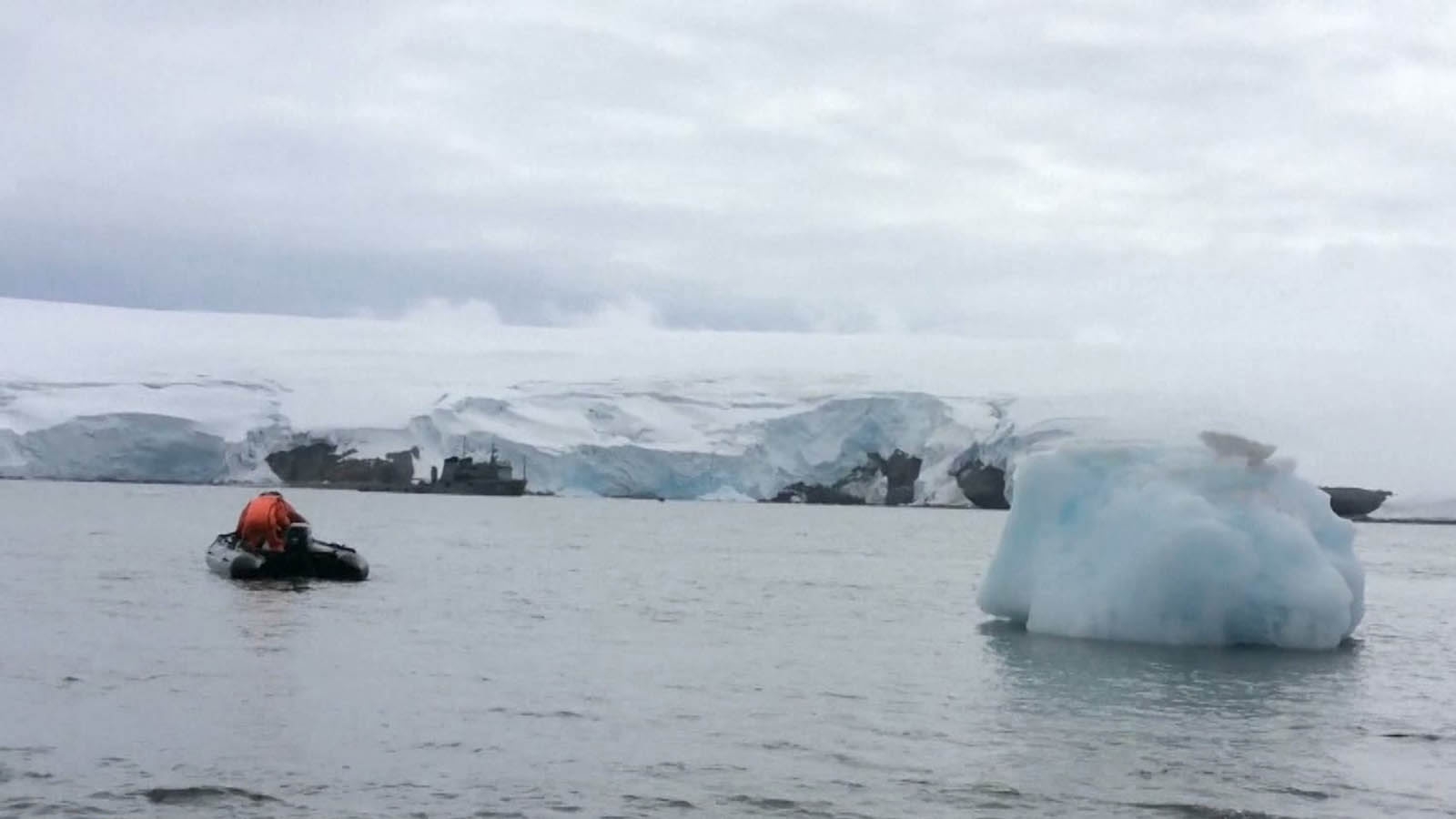
Tech & Sci
10:01, 09-Jul-2017
Trillion-ton iceberg seems to break off Antarctica

By CGTN's Jim Spellman
Scientists say another alarm bell has rung for climate change, as a trillion-ton iceberg as big as Shanghai is about to break off Antarctica at any moment.
The European Space Agency is using a satellite to monitor the Larsen C Ice formation. A 200-kilometer-long crack in the sheet of ice has deepened and the bloc is ready to give way entirely, launching one of the largest icebergs on record into the ocean.
Researchers say it is the result of a changing climate that is altering the polar environments.

Antarctica mountain range with glacier /VCG Photo
Antarctica mountain range with glacier /VCG Photo
"As you can see the glacier no longer ends in the sea, now we have a beach. 20 or 30 years ago, those beaches didn't exist, and the glacier was falling directly to the sea," said Rodolfo Sanchez, Director of the Argentine Antarctic Institute. "In other words there has been a glacial retreat, probably a consequence of the climate change and the rise of temperature in this region."
The environment at the North and South poles is changing rapidly and impacting the global climate, and the world's polar ice caps are shrinking little by little.
The Arctic is heating up twice as fast as the rest of the planet, with Greenland's glaciers receding particularly quickly.

Greenland's glaciers /VCG Photo
Greenland's glaciers /VCG Photo
This process is speeding up all by itself. Melting snow exposes ice underneath, which then absorbs the sun's rays and leads to more thawing.
At the opposite end of the Earth, 90% of the ice shelves on the Antarctic Peninsula are starting to disintegrate.
Ice melt is also being observed in mountain ranges, like the Himalayas, Kilimanjaro, the Alps and Pyrenees. In the Andes, glaciers are retreating and risk disappearing altogether.
Ocean levels are rising due to the combination of melting ice and warmer sea temperatures, as warm water has a greater volume than cold water.
At the current rate, scientists predict that by 2100, sea levels will rise between 26 centimeters and one meter. Islands in the Pacific or Indian Oceans, like the Maldives, will be submerged.
Densely populated, low lying coastal areas like Bangladesh, Viet Nam, the Netherlands and the east coast of the US are all under threat.

SITEMAP
Copyright © 2018 CGTN. Beijing ICP prepared NO.16065310-3
Copyright © 2018 CGTN. Beijing ICP prepared NO.16065310-3